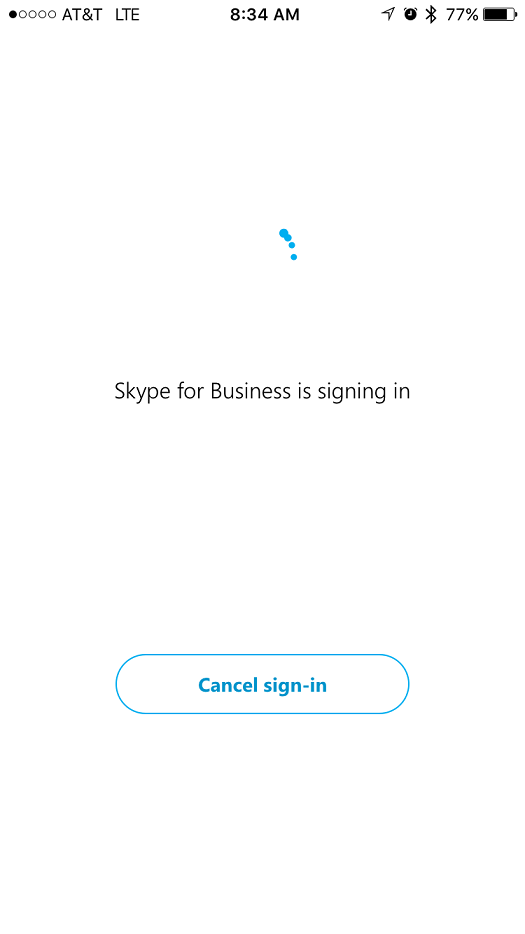

To delete the endpoint cache, follow these steps: However, sometimes the endpoint can be changed and can cause sign-in to fail. When Lync connects to a specific front-end server, it caches that endpoint to make the sign-in process faster in the future.

If the steps earlier in this article don't resolve the issue, try the following methods, as appropriate for your situation: Before you modify it, back up the registry for restoration in case problems occur. Serious problems might occur if you modify the registry incorrectly.
In the Services window, check whether the Status of Microsoft Online Services Sign-in Assistant is listed as Running.Ĭlear your cached certificates, credentials and connections.Īdditional troubleshooting steps for Lync 2013 and Lync 2010įollow the steps in this section carefully. Right-click the Start button and select Run. Make sure that Microsoft Online Services Sign-in Assistant is running on Windows Services by following these steps: Update the Lync client to the latest version that's available on the Downloads page of the Microsoft 365 portal. If you have trouble signing in to Skype for Business Online, click Delete my sign-in information and Lync 2013 will automatically remove any saved password, certificates, and connection settings for the user account. Solution Resolution for Lync 2013 Delete the sign in informationĭuring the sign in process, Lync 2013 caches your credentials and other information about its connection to Skype for Business Online. Part of the certificate chain is untrusted and the certificate chain fails validation. The Skype for Business Online personal certificate or the cached credentials are corrupted or are out of date. The certificates cannot be acquired or validated. The Microsoft Online Services Sign-In Assistant is out of date. 
This issue may occur if one or more of the following conditions are true: There was a problem verifying the certificate from the server. If the problem continues, please contact your support team.Īdditionally, when you try to sign in to Lync after a network outage or a Skype for Business Online service outage, you receive the following error message: Cannot sign into Lync. When a Microsoft 365 user tries to sign in to Skype for Business Online (formerly Lync Online) by using Lync 2010 or Lync 2013, the user receives the following error message: There was a problem acquiring a personal certificate required to sign in.







 0 kommentar(er)
0 kommentar(er)
